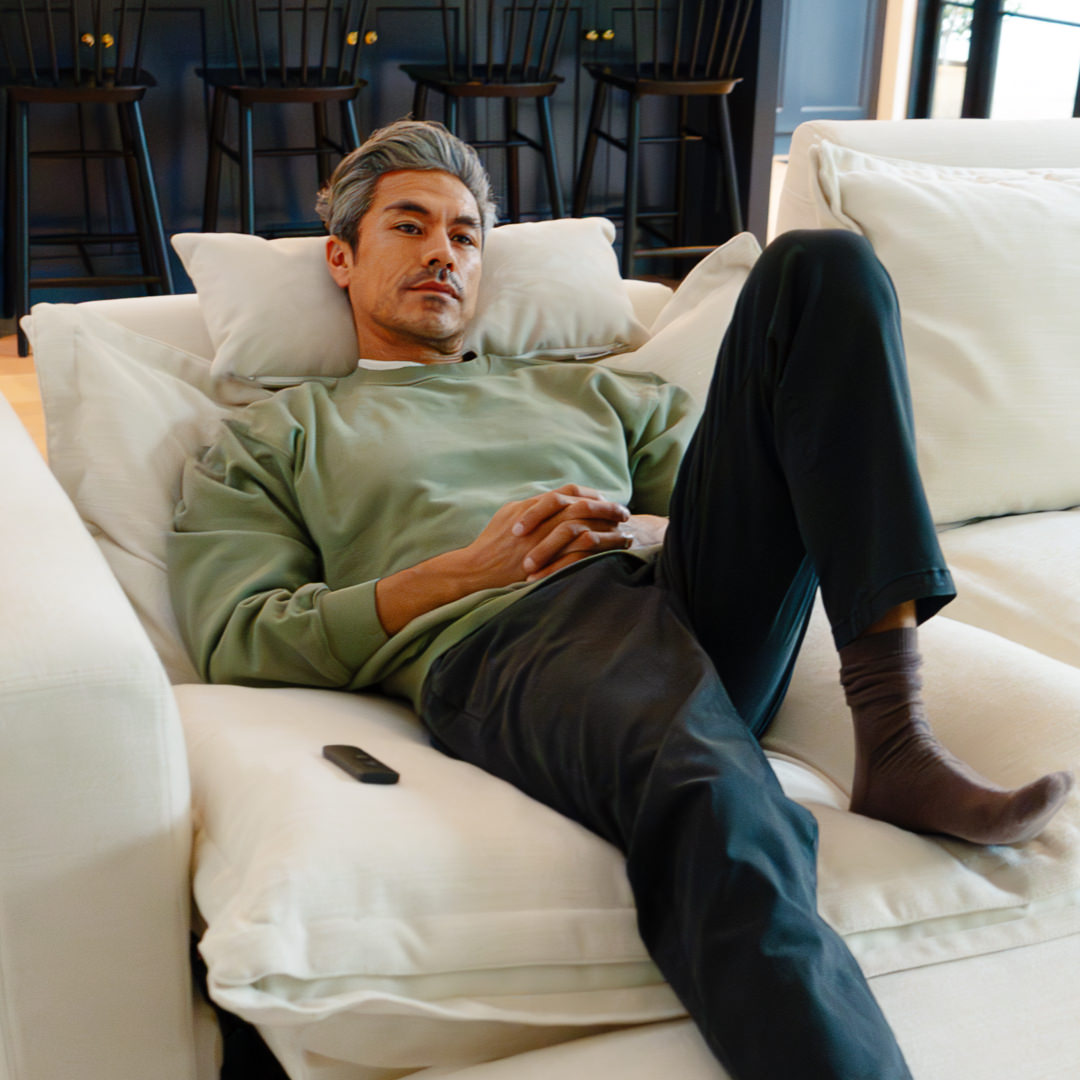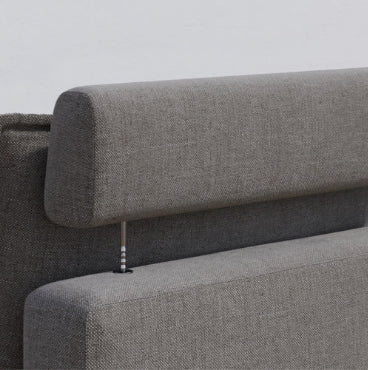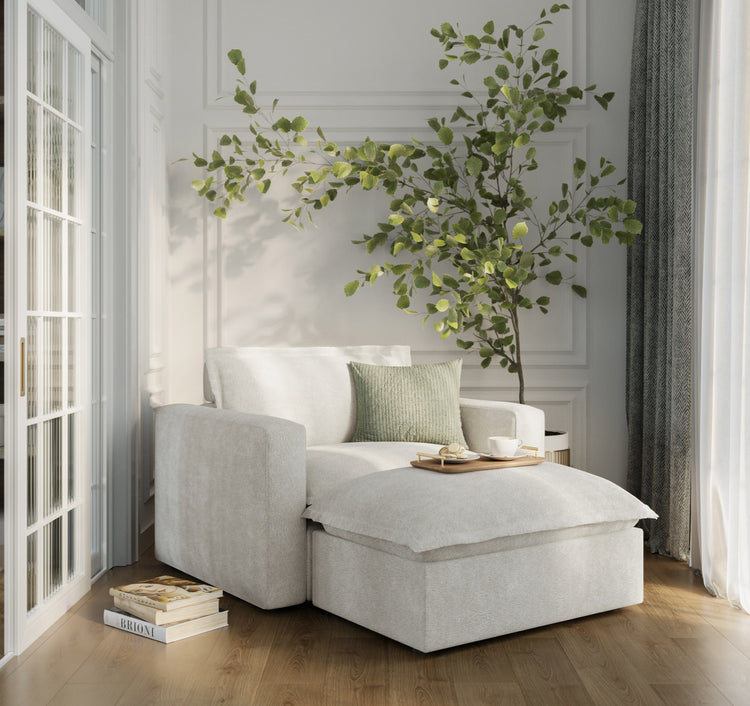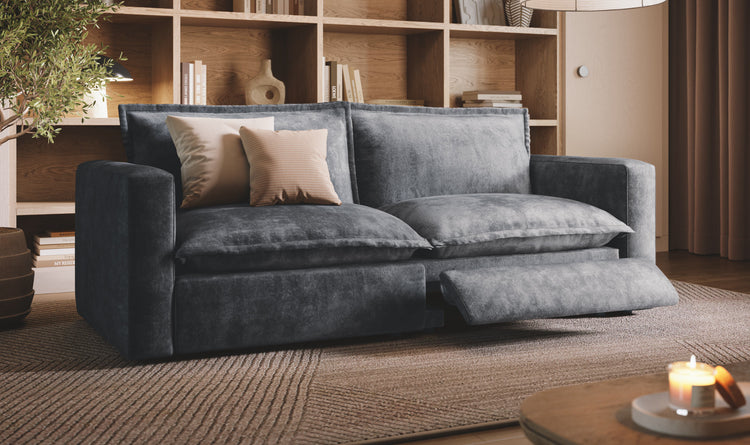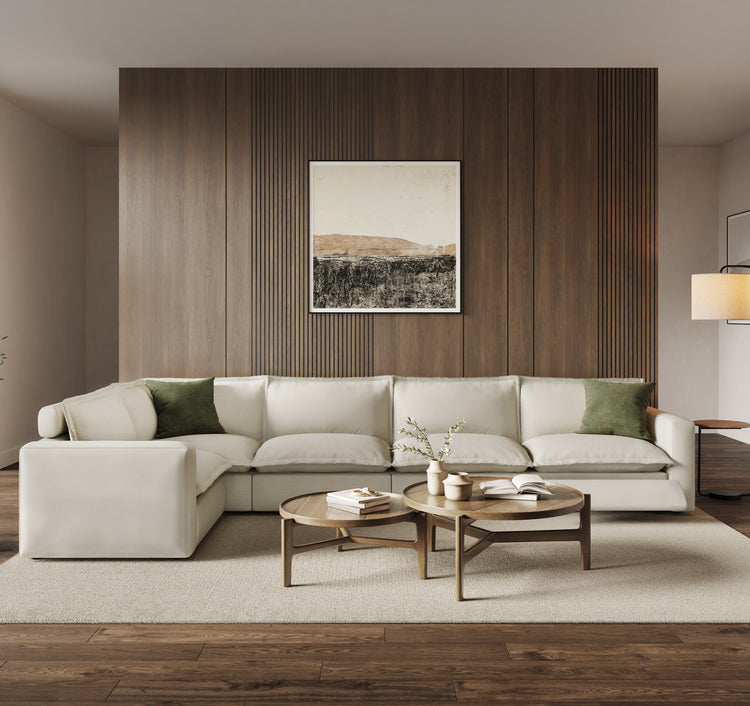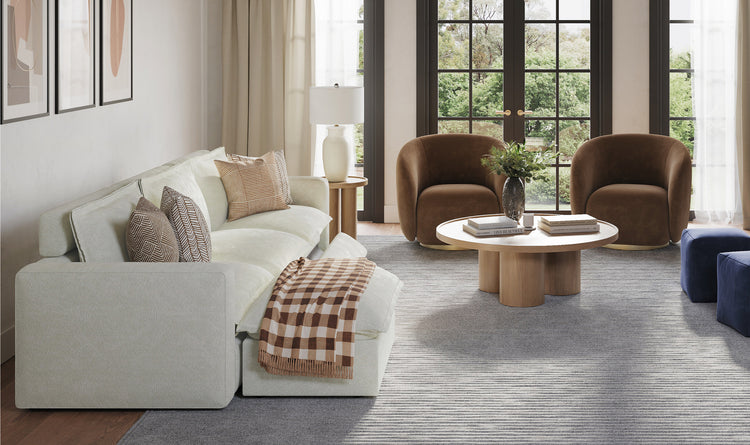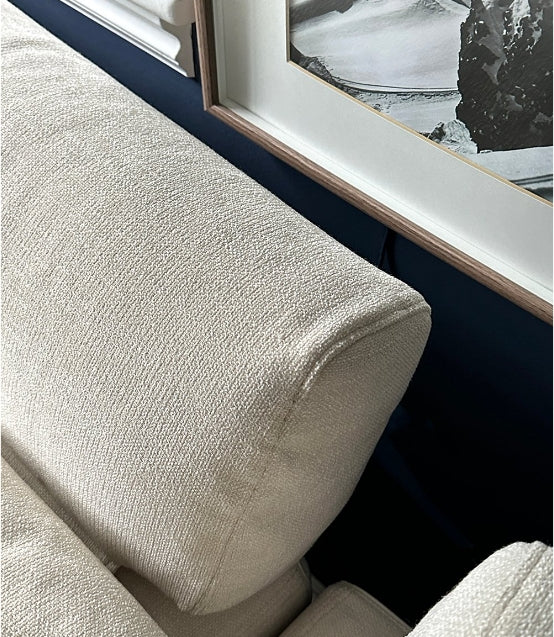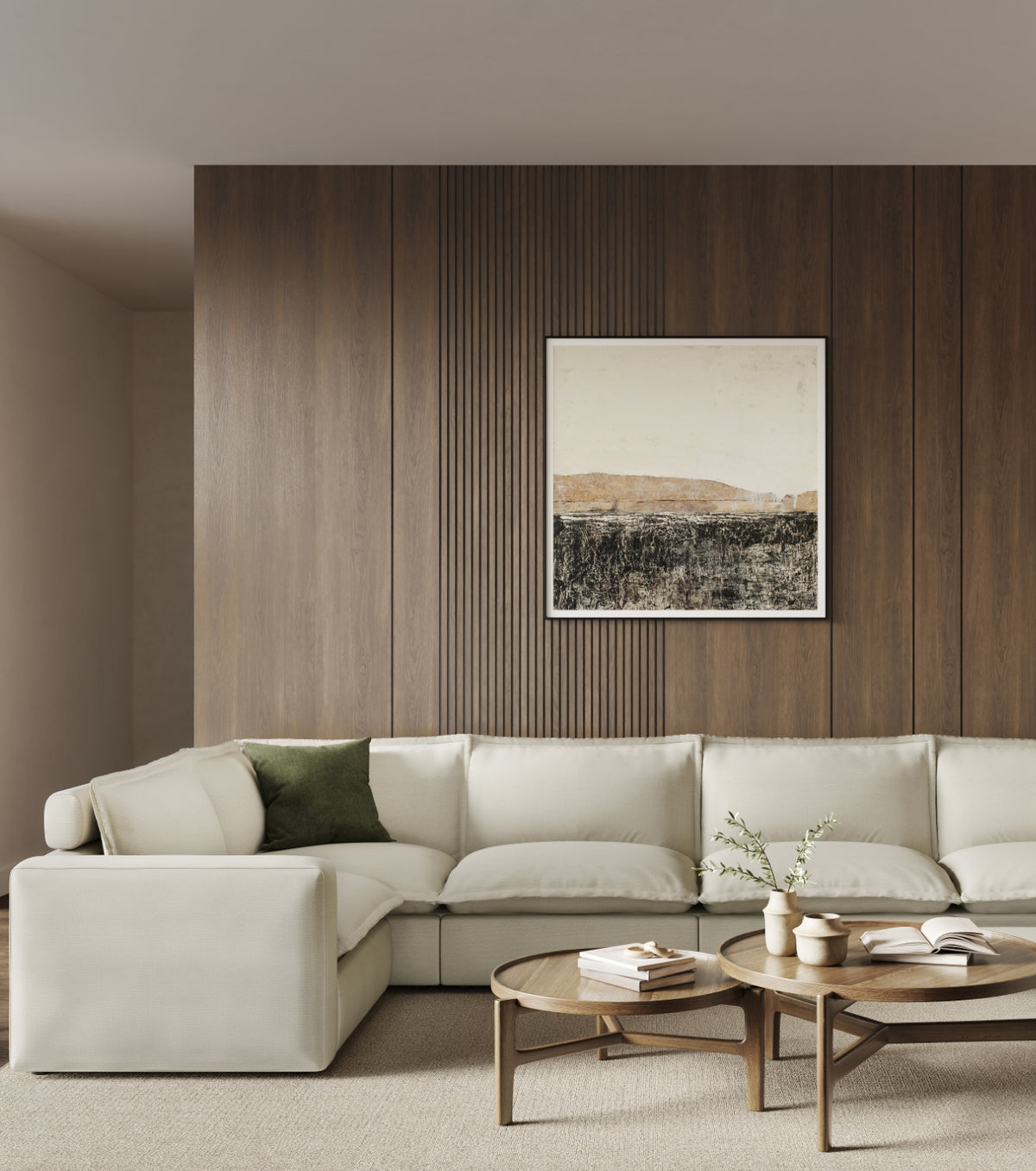Sleeping in a recliner chair is a common practice for many people, especially those suffering from certain medical conditions like acid reflux, sleep apnea, and back pain. The inclined position of a recliner can help alleviate symptoms associated with these issues. However, while recliners provide comfort and relief for some problems, it’s important to weigh the potential benefits against the possible risks before making it a regular sleeping habit. This article will explore the pros and cons of sleeping in a recliner to help you make an informed decision for your health.

What Are the Potential Benefits of Sleeping in a Recliner?
The possible benefits of sleeping in a reclined chair rather than a traditional bed make it an attractive option for some people. Here are some of the top advantages of snoozing in a laid-back recliner:
Alleviate Acid Reflux and Improve Digestion
Sleeping with the head elevated can significantly help reduce acid reflux symptoms. This reclined position allows gravity to keep digestive acid from rising up the esophagus from the stomach, preventing irritation of the esophageal lining and symptoms like heartburn, coughing, and nausea. Using pillows to prop yourself up in bed can help, but recliners are designed to optimally elevate the head and torso.
Assist Sleep Apnea and Improve Sleep Quality
People with obstructive sleep apnea may benefit from inclined sleep positioning since reclining can help open up the airways. Sleep apnea prevents restful sleep since it causes the airway to collapse and obstruct breathing throughout the night. Research indicates that using a recliner set to a 30-degree incline can decrease sleep apnea events by nearly two-thirds. A study in 2021 looked at the effects of different sleep positions on lung function and oxygen saturation in patients restricted to bed rest. The researchers found that participants sleeping inclined in a recliner had significantly improved lung capacity and oxygen saturation compared to those sleeping flat.
Relieve Back Pain
Sleeping in a reclined chair can take pressure off sore, stiff lower backs. Reclining slightly backward redistributes the weight and load on the spine compared to lying flat in bed. The upright position also allows tight back muscles to elongate and relax. Using pillows for extra lumbar support makes this position even more therapeutic. This can provide relief for those suffering from herniated discs, pinched nerves, arthritis, and other chronic back troubles.
Improve Circulation
Elevating the legs and feet on a recliner's extended footrest promotes healthy blood flow through the legs and reduces swelling. This can prevent or alleviate varicose veins, deep vein thrombosis, edema, and other circulatory issues, especially for those who are less mobile. When legs are elevated, gravity encourages blood to flow back to the heart and lungs, where it is reoxygenated.
Ease of Sitting Down and Rising
Recliners can make it simpler and less painful for those with arthritis, injuries, mobility limitations, or advanced age to sit down and get up from a seated position. The chair design and attached footrest provide leverage and support that may not be available when trying to rise from a simple mattress. This elevated seating position requires less effort for those who struggle with mobility.
While the benefits of sleeping in a recliner can be numerous for certain people, it's important to weigh these advantages against potential risks. Recliner sleep is not for everyone or for every night. However, used selectively, inclined recliner positioning can provide therapeutic relief and healthy rest when other options fail.
What Are the Potential Risks of Sleeping in a Recliner?
For those considering the pros of dozing in a laid-back chair, it's essential to have a full perspective. Here are some potential downsides and risks to consider:
- Disrupting Sleep Cycles: Getting healthy, restorative sleep requires our bodies to move through different cycles of REM and deep non-REM sleep. Sleeping in a fully upright seated position can make it harder to transition between these critical sleep stages, resulting in decreased sleep quality.
- Causing Neck and Back Strain: While a recliner may provide relief for existing back pain, slouching or curling up tightly in a chair can also lead to posture problems. Muscle knotting, and joint pain in the neck, shoulders, and back can arise due to misalignment.
- Exacerbating Sleep Apnea: Though inclined positions open the airway for those with sleep apnea, sleeping fully upright makes it harder for gravity to pull down tissues, muscles, and fluids that can obstruct breathing. This can worsen the frequency of sleep apnea events for some users.
- Decreasing Lung Capacity: Reclining upright constricts the amount of movement of the ribs and limits how fully the lungs can expand and take in oxygen. Reduced lung capacity over time can have negative effects on respiratory health.
- Increasing Blood Clot Risk: Elevating the lower body for extended periods creates blood circulation issues in the legs, allowing blood to pool in the veins. Inactivity in this legs-up recliner position increases the chance of developing potentially dangerous blood clots known as deep vein thrombosis.
How to Sleep in a Recliner Safely and Comfortably?
If a recliner ends up being the right choice for your needs, take precautions to implement this sleep solution safely. With cautious and informed use, a recliner can provide comforting rest when other options are ineffective. Here are some tips for doing so in the best possible way:
- Optimal Spine Alignment: Work to adjust the recliner's back position and leg rest height to achieve proper spinal alignment. Your knees should be slightly lower than your hips, and your head, neck, and spine should be straight without slouching.
- Use Supportive Pillows: Strategically place supportive pillows under your neck, lower back, knees, and arms. This helps prevent strain and avoids pain from pressure points.
- Alternate Sleeping Positions: Try alternating nights in the recliner with nights sleeping in a bed to obtain the benefits of different rest positions.
- Frequently Re-Adjust: Set a vibration timer or alarm to go off every couple of hours as a reminder to sit up, stretch, and re-adjust your posture to avoid stiffness or strain.
- Stretch Upon Waking: When you wake up, do some gentle stretches focusing on your neck, shoulders, back, and hips to counteract any tightness from snoozing in the chair.
- Consult Your Doctor: Discuss your condition and sleep struggles with your physician to determine if sleeping in a recliner would be advisable for you. Get their input on balancing benefits vs. any health risks.
By following these tips to optimize your position, support your body, and consult your doctor, you can safely explore the selective benefits of recliner sleep. Adjust and adapt as needed to maximize comfort and health. With thoughtful use, a recliner can give therapeutic rest when traditional beds fail.
Summary
Sleeping upright in a recliner can be a comfortable option offering therapeutic benefits for some individuals dealing with specific health issues like acid reflux, sleep apnea, back pain, and circulation problems. However, maintaining this sleep position regularly also comes with potential downsides like disrupted sleep quality, bad posture, increased apnea events, blood clots, and reduced respiratory function. Carefully evaluate your situation and have an open discussion with your doctor to decide if the positives of dozing in a recliner outweigh the negatives in your particular case. Try other positional aids like pillows and mattress adjustments before turning to a chair full-time. But used selectively, a recliner can safely provide relief and healthy rest.
